Key Points:
- A sober holiday season starts with a clear plan, trusted support, and alcohol-free options that feel intentional.
- Set time limits, prep replies to drink offers, and schedule safe rides in advance.
- Thanksgiving and fall events bring pressure, but structured choices and sensory routines help you stay present, connected, and in control.
Holidays can bring mixed feelings when alcohol is part of most gatherings. Between family meals, work parties, and travel, pressure to drink can show up fast. Many people want to enjoy the season without losing progress they’ve worked hard to build.
A sober holiday plan helps you stay steady when stress runs high and social events fill the calendar. It covers everything from setting limits to choosing safe rides and drink swaps that still feel festive.
Up next, you’ll find simple ways to stay connected, confident, and in control through Thanksgiving and every fall event.
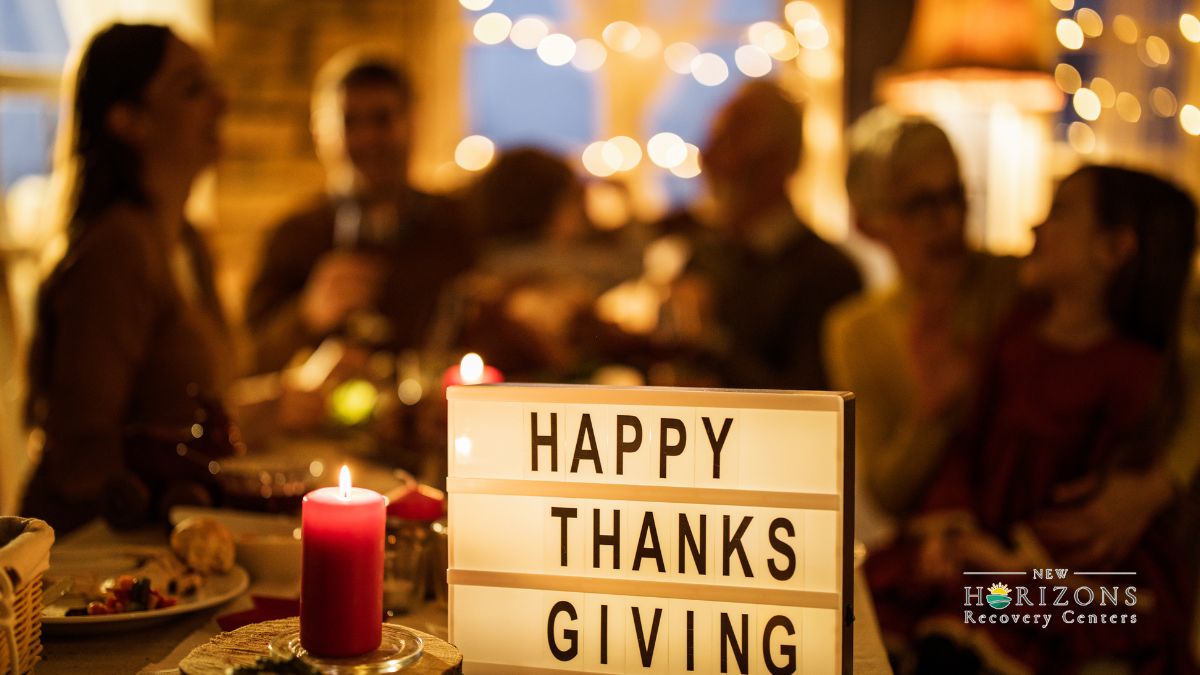
What Does a Sober Holiday Plan Include?
A sober holiday plan sets decisions before the first invite arrives. It names your reason, picks support, and sets rules for time, travel, and exits. It also lists drink options, quick replies, and a simple relapse prevention plan to keep decisions clear.
Planning helps because stress rises in November and December. A national survey found 21% report high holiday stress and 49% report moderate stress, so structure helps.
Build your plan:
- State your why. Write one line that anchors your choice and keep it on your phone.
- Choose your support. Set check-ins, much like the structure used in an intensive outpatient program (IOP).
- Set time windows. Arrive late or leave early to avoid long exposure to triggers.
Pack your toolkit:
- Carry a script. “I’m skipping alcohol tonight, but I’d love a cider.”
- Bring a backup drink. Keep sparkling water, cider, or NA beer in a small cooler.
- Set a safe ride. Book a rideshare both ways or confirm a sober driver.
How to Handle Thanksgiving Traditions Without Alcohol?
Thanksgiving combines long meals, unstructured hours, and family dynamics. The midday start and late dessert stretch willpower. A few adjustments keep energy steady and attention off alcohol.
Before the meal:
- Eat on schedule. Stable blood sugar reduces cravings and irritability.
- Move your body. A brief walk or chores in the kitchen burn nervous energy, similar to skills reinforced in an IOP schedule.
- Assign a role. Offer to plate sides, run music, or manage a kids’ table activity.
At the table:
- Own your glass. Keep a filled alcohol-free drink so offers land less often.
- Reply once, then redirect. “I’m taking a break this season.” Shift to football, recipes, or travel plans.
- Use place changes. Take a quick break to check on the oven, the dog, or a call.
After dessert:
- Start cleanup. Active tasks shorten idle time.
- Walk the block. A 10-minute loop resets mood and cuts rumination.
- Leave on time. A pre-set exit protects sleep and morning routines.
Alcohol-Free Drinks That Feel Seasonal
A good swap removes the “I need a drink in my hand” feeling. Warm spice and fall flavors help the brain exit autopilot.
Easy house pours:
- Cranberry-ginger fizz. Cranberry juice, ginger ale, and lime over ice
- Maple chai latte. Chai tea with milk and a touch of maple
- Apple-pear spritz. Apple cider, pear juice, and soda with rosemary
Host tips:
- Label a dry station. Put NA options on the main bar and not in a corner. Pairing this with sober living home habits keeps cues consistent.
- Use real glassware. A proper glass makes an NA drink feel social.
- Batch pitchers. One large pitcher reduces repeat trips and questions.

How to Respond When People Push Drinks?
Social pressure often hides in casual offers. Simple, single-sentence replies work best. The goal is to stop the loop without debate.
Quick scripts:
- Direct and done. “I’m alcohol-free today.”
- Health frame. “Sleep has been better since I cut alcohol.”
- Driver cue. “I’m driving and want a clear head.”
If pressure continues:
- Pivot the topic. Ask about their travel, recipe, or team.
- Change your spot. Move to the kitchen or games area.
- Use an exit. “I promised myself a short night. I’ll text you tomorrow.”
Driving Safety During Thanksgiving Week
Risk on the roads jumps over the holiday. In 2023, 174 people died in drunk-driving crashes during the Thanksgiving holiday period. Planning rides and curbing late-night departures reduces exposure.
Safer travel moves:
- Pick early slots. Daytime trips cut crash risk and fatigue.
- Pre-book rides. Schedule both legs to remove last-minute decisions.
- Share location. Let a support person track your ride home.
Group agreements:
- One sober driver per car. Keys go to that person on arrival.
- No keys after two drinks. Set a house rule to avoid gray zones.
- Sleepover ready. Have spare bedding for unplanned stays.
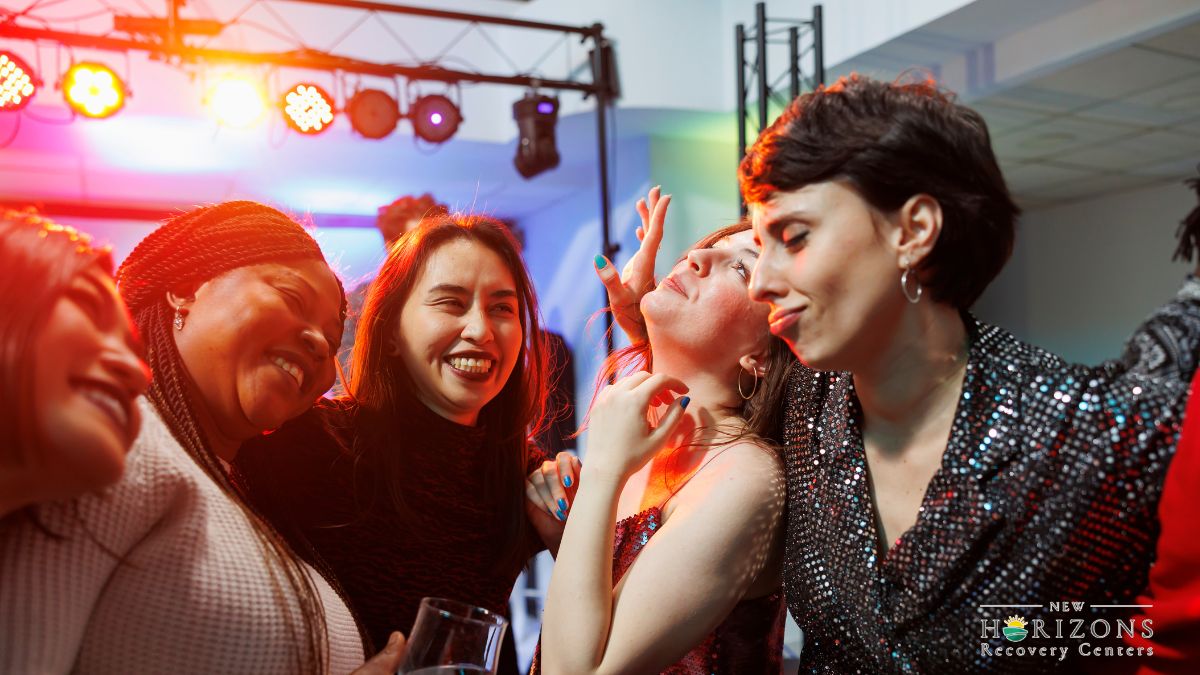
What if the Office Party Gets Tricky?
Work events add hierarchy and peer pressure. A visible drink and defined time box help. Choose NA beer, cider, or soda with lime, and keep a meeting or workout booked the next morning.
At the venue:
- Start with the food. A plate in hand reduces drink offers.
- Pair up. Check in with a colleague who supports your goal, similar to relapse warning-sign check-ins used in recovery plans.
- Rotate spaces. Spend time near games, the photo booth, or the buffet.
When the bar is the hub:
- Order first. Ask for sparkling water in a rocks glass.
- Tip once. A good tip encourages quick refills of NA drinks.
- Stand near exits. Easy exits lower anxiety and shorten small talk.
Game Days, Bonfires, and Friendsgiving
Casual settings can carry the heaviest drink cues. Change the environment slightly to change behavior.
Small upgrades:
- Host a tasting. NA beers, seltzers, and ciders with scorecards, a tactic often used in residential vs. sober living transitions to keep events structured.
- Run a bracket. Best pie or chili keeps focus on food, not drinks
- Set mini-events. Short yard games create natural breaks
Personal rules:
- Two-hour cap. Leave while energy is up.
- Phone check-ins. Text a friend at the top of each hour.
- No empty hands. Keep water or tea handy at all times.
Cravings and Stress: What Helps Fastest?
Cravings pass like waves. A short, repeatable routine helps the brain ride them out. That matters because about 30% of all U.S. traffic deaths in 2023 involved alcohol-impaired drivers, which underscores why planning for “just in case” moments protects everyone.
90-second reset:
- Breathe low and slow. Inhale through the nose, longer exhale.
- Change your view. Step outside or into a brighter room.
- Sip water and chew mint. Simple sensory shifts cut urge intensity.
If the urge sticks around:
- Delay the decision. Set a five-minute timer and repeat the reset.
- Phone a person. Call someone who knows your plan.
- Change the task. Wash dishes, take trash out, or play with a child.
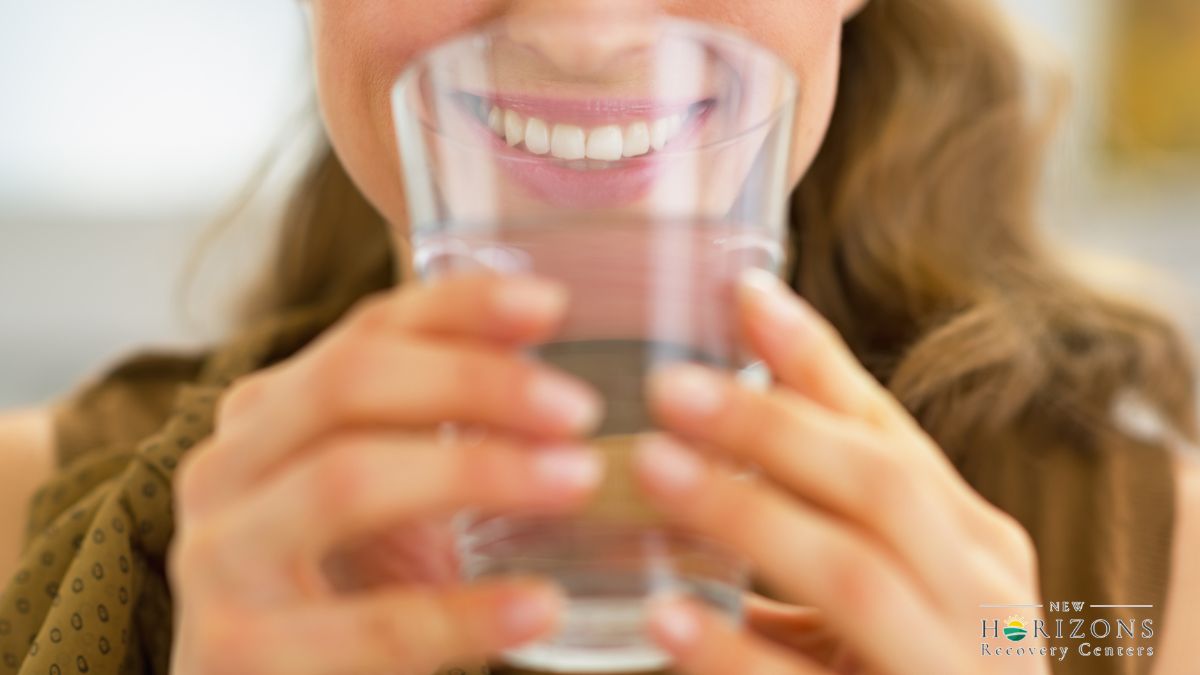
Sober Holiday Mindset: Language that Works
Language cues steer behavior. Replace “I can’t” with “I don’t” to frame sobriety as a choice. Make the win specific: “I want clear mornings for the next four weeks.” Tie actions to values like health, presence with family, or budget. If alcohol is part of the picture, review alcohol addiction basics to keep goals realistic.
Daily prompts:
- Morning preview. Visualize one event and your exact drink choice.
- Midday text. Send one check-in to your support contact.
- Night log. Record one win, however small.
Hosting a Sober-Friendly Thanksgiving
Hosts set the tone and flow. Clear labels, games, and NA options make the night easier for everyone, including people who are pregnant, on medication, or driving.
Host checklist:
- Two NA pitchers. Keep them on the same table as alcohol.
- Food first. Offer protein and complex carbs early to level energy.
- Pace breaks. Plan a walk, a short game, or a pie break between courses.
Guest support:
- Ask for preferences. A quick text about NA options shows care.
- Protect time. Keep speeches short and seat changes flexible.
- Offer rides. Coordinate a sober shuttle or rideshare codes.
What if a Slip Happens?
A slip does not erase progress. Treat it like data for next time and return to your plan. Hydrate, rest, and contact your support person. Adjust one trigger you can control, such as arrival time or who you stand with near the bar. If risk feels high, add professional support now instead of waiting for January.
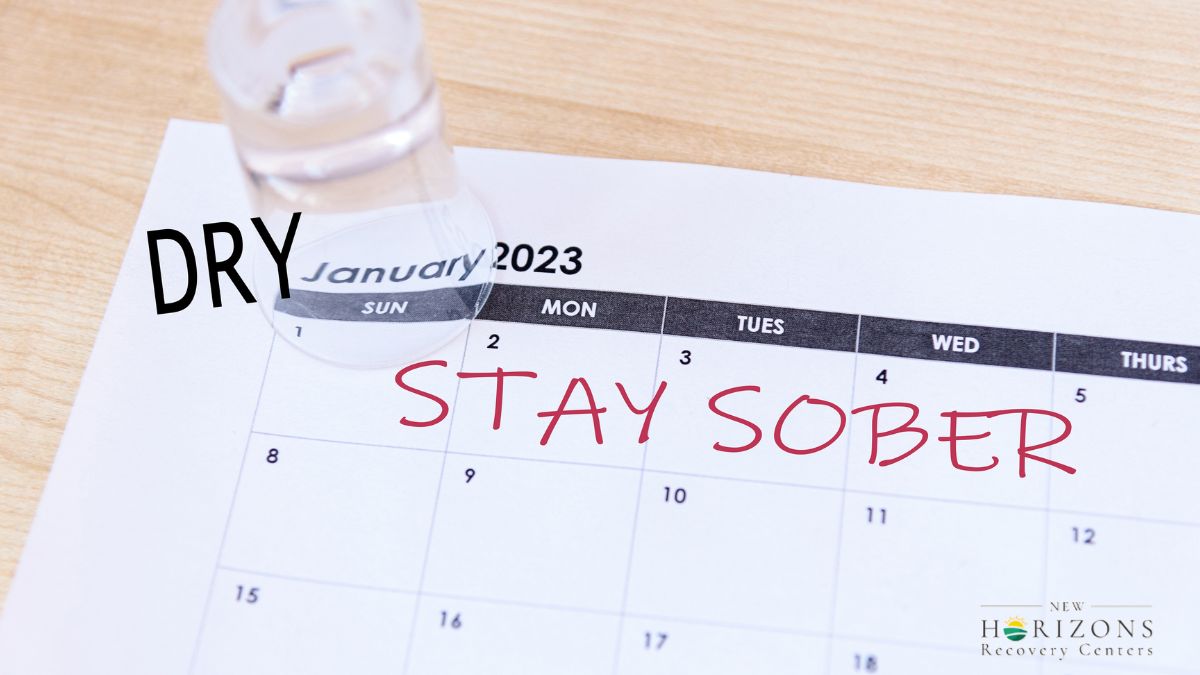
Frequently Asked Questions
How to celebrate while sober?
Celebrate while sober by planning sensory-rich experiences—enjoy favorite foods, music, and meaningful traditions that don't involve alcohol. Bring a non-alcoholic drink you like, set a leave time, and share your plan with someone you trust. Book a ride home in advance to stay in control of your evening.
Is Thanksgiving a big DUI day?
Yes, Thanksgiving is a big DUI day, especially over the long weekend. In 2023, 174 people died in drunk-driving crashes during the Thanksgiving holiday period. Safer travel includes daytime driving, booking rides early, and confirming a sober driver before the event starts.
How to do a sober holiday?
Do a sober holiday by setting time limits, preparing responses to drink offers, and bringing alcohol-free options you enjoy. Arrange transportation in advance, stick to your exit time, and check in with a trusted friend before and after events to stay accountable and refine your plan.
Start A Sober Holiday Plan That Holds Up
A sober holiday gets easier when the plan is simple, the drinks taste good, and the exits stay open. Get outpatient addiction treatment in Ohio and Pennsylvania that supports sobriety during the holidays.
At New Horizons Recovery Centers, we offer evidence-based care and peer support that align with your goals. Contact us to build a plan for Thanksgiving and every fall event, with appointments that fit your schedule and a team that stays in touch between visits.




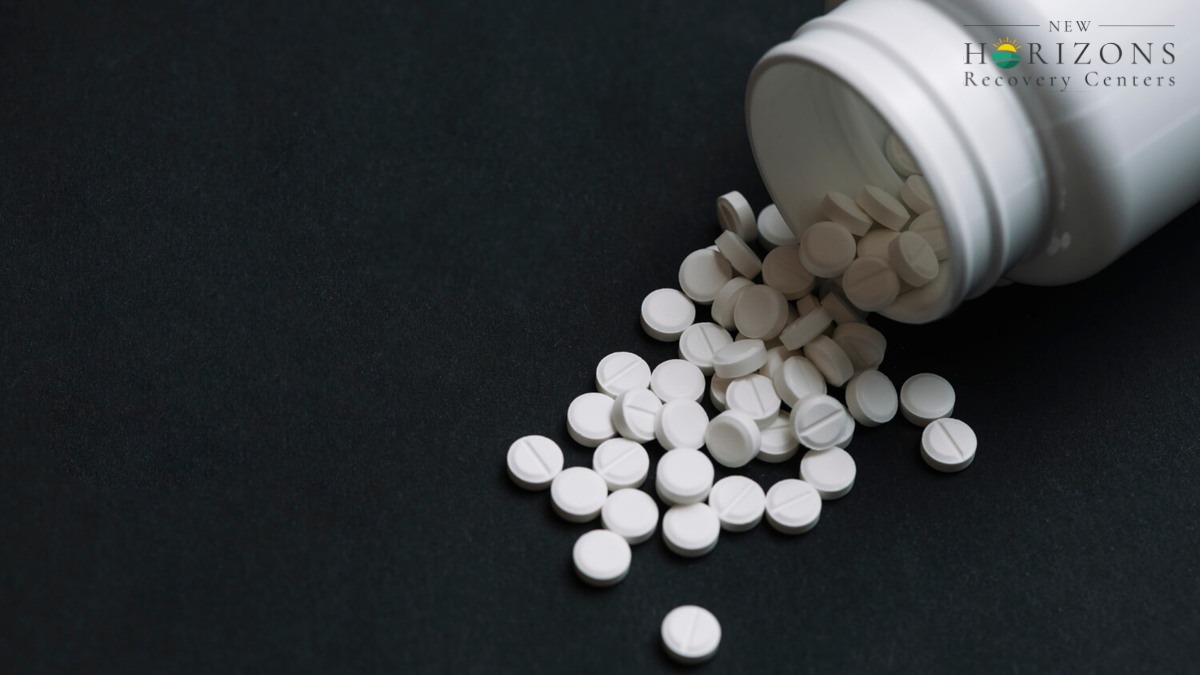
-ink.jpeg)
-ink.jpeg)
